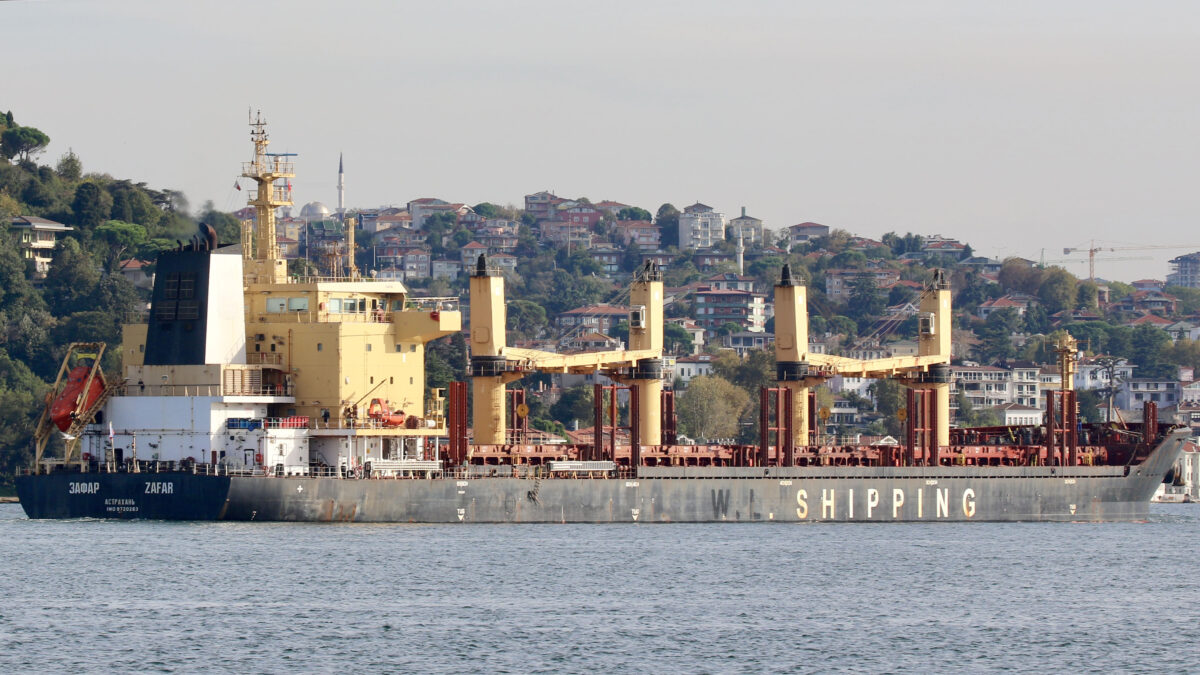Follow the Russia-Ukraine Monitor Map
Editor’s note: The Russia-Ukraine Monitor Map is a crowdsourced effort by Centre for Information Resilience (CIR) and the wider open source community to map, document and verify significant incidents during the conflict in Ukraine. Its aim is to provide reliable information for policymakers, journalists as well as justice and accountability bodies about the evolving situations both on-the-ground and online. Bellingcat and the Conflict Intelligence Team have also begun to contribute to the map in recent days. All content reviewed for this project has been collected and submitted to Mnemonic for preservation.
Here, Benjamin Strick of the CIR team details the map and how it can be used.
At CIR we began mapping out verified incidents surrounding the build-up of Russian troops, and later the beginning of the conflict in Ukraine, so that as many people as possible could have access to reliable, accurate information about what is going on and to boost the integrity of the information environment.
The map is publicly viewable on both desktop and mobile and, as of 24 February, has had almost 500,000 views. It had also logged more than 570 items to give an up to date, detailed view of what is happening in Ukraine.
You can also view the map here.
A first look at the map shows that there are a lot of pins. Each one represents an incident or event depicted through video, photo, or commercial satellite imagery and has undergone a rigorous verification process to identify where and when it was taken.
The verification work is carried out by open source investigators as well as the wider community through the processes of geolocation and chronolocation. Once collected from social media, the content is logged in a central database where the material is archived for future use by researchers, reporters as well as justice and accountability bodies.
Each piece of information that you see on the map is checked for its content and given a brief description so that keywords can be searched to look for specific trends, patterns or to dive into the verified data.
We also take mental health and the sharing of graphic material seriously and part of our core process involves our investigation teams rating content on the map with a violence scale from one to five. One represents minimal or no violence, while five details that footage is of a severely graphic nature. This is to serve as both a warning for future researchers of the nature of the posts when being reviewed, as well as for the wider public when dealing with such resources
Before any content makes its way onto the map, it is further reviewed by senior investigators at the CIR to ensure the information is accurate and safe.
There are different coloured pins on the map. This is to isolate specific categories of footage. On the right of the map, this list of categories can be found. Each of these is assigned a colour class. It must be noted that the categories may change as the conflict in Ukraine develops. At time of writing, the pins on the map are allocated to categories such as Russian military Movements, bombings, civilian casualties, military losses, infrastructure damage and gunfire.

A screen grab of the Russia-Ukraine Monitoring Map detailing a list of categories (right) that can be searched.
The pins are sorted by date of publication of footage or chronolocation. In some instances, footage may be published days after the actual incident. This is due to our investigations taking the time to be as accurate as possible.
The map is also searchable using the ‘filter items’ box above the categories.
This allows for searches of dates, specific weapon systems, if there are vehicles with descriptors such as the letter ‘Z’ (as has been detailed in numerous media reports) or in specific areas.

A search for the term “helicopter” using the filter box of the Russia-Ukraine Conflict Map brings back results.
A more refined view can also be made by clicking on the visibility icon of the categories to isolate pins and show only pins from one category.
There is already a significant amount of information on the map for viewers to explore and it will continue to be updated in the days and weeks ahead.



